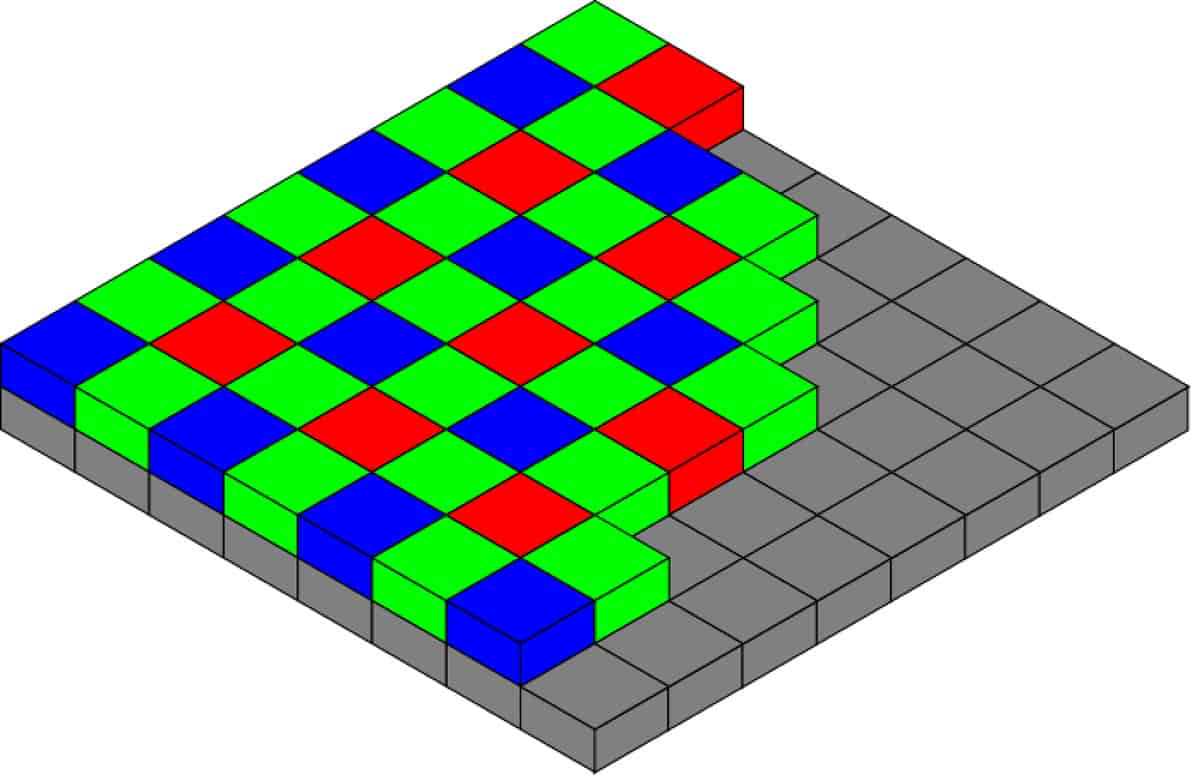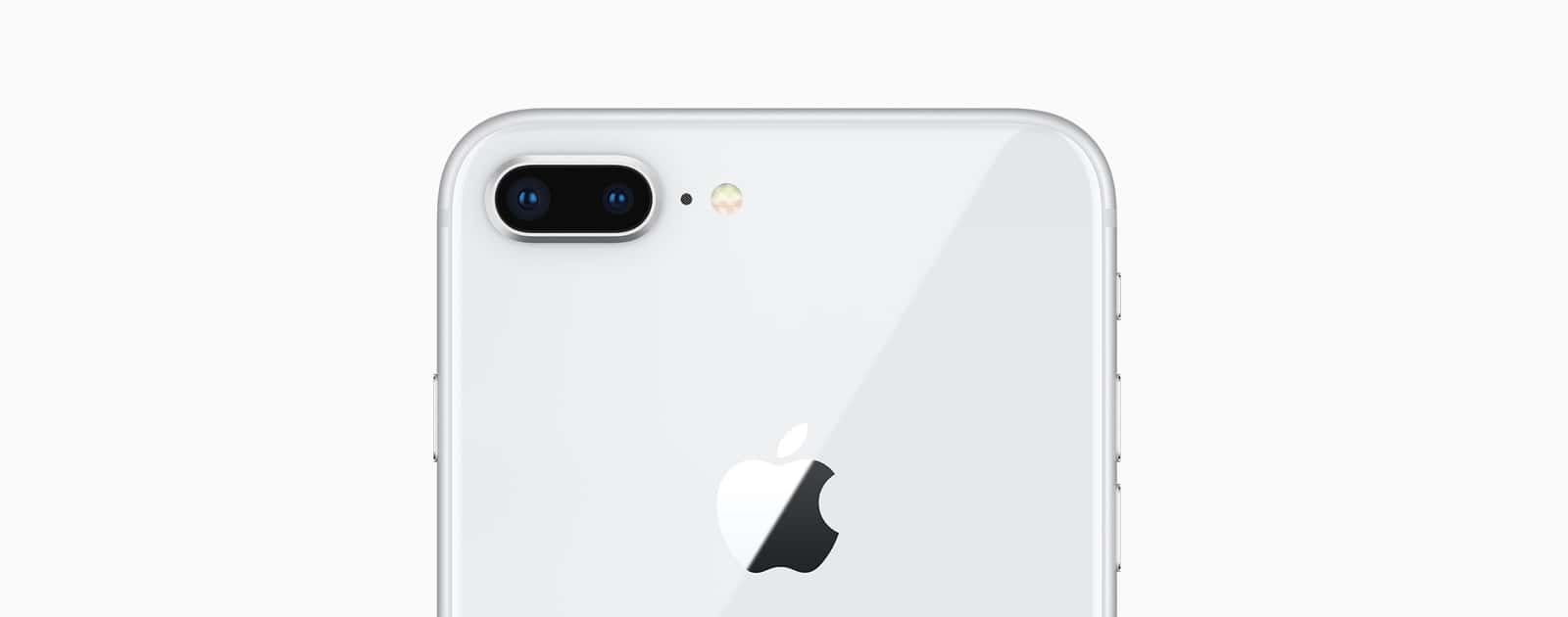One of the new features that Apple announced yesterday is called Portrait Lighting. It’s meant emulate the studio lighting that professional photographers use. It’s based on Portrait Mode, which was introduced with the iPhone 7 Plus. Portrait Lighting makes use of the new cameras in iPhone 8 Plus and iPhone X. The iPhone X also has a new front camera that can also take Portrait Mode selfies. Let’s take a closer look at the new feature.
Image Signal Processor
Before I get into Portrait Lighting, I would be remiss if I didn’t dive into the new photo hardware. Apple has built a new image signal processor (ISP) into the iPhones. An ISP is a specialized chip that processes digital images. To increase speed and efficiency, these chips often use parallel computing.
The ISP does several things to process and improve photos. I’m not sure if Apple’s ISP does all of these, but this is how an ISP works in general. First, it uses something called Bayer transformation. By default, image sensors only record shades of grey. To get around this, they are covered in red, green, and blue (RGB) filters. The filters are arranged in a Bayer mosaic pattern, as seen below.

A Bayer filter just means that each individual color filter is arranged in a certain pattern. Apple’s pages for the iPhone X and iPhone 8/8 Plus mention that the cameras have a new color filter.
Next, the ISP performs something called demosaicing. The chip determines the color and brightness data from each pixel, and compares them to the data from surrounding pixels. It then uses a demosaicing algorithm to produce the correct color and brightness value out of each pixel. By doing this across the whole picture, you get a better dynamic range of colors.
After that step, the ISP works to reduce noise and sharpen the image. Apple has improved noise reduction and image sharpening with each new camera upgrade.
Portrait Lighting
Portrait Lighting makes use of the dual cameras found in the iPhone 8 Plus and iPhone X. It uses machine learning to separate the subject from the background. Then, it does tone and depth mapping to automatically dodge and burn facial contours. The result is a photo that closely mimics certain lighting set ups in a photography studio.

There are five different lighting styles: Natural Light, Studio Light, Contour Light, Stage Light, and Stage Light Mono. The Natural Light effect is basically just a regular photo taken with Portrait Mode. Studio Light brightens up the person’s face. The other three styles are where it gets interesting.
Contour Light gives you a dramatic image by dodging and burning the dark and light areas of the face. This is a common retouching effect by professional photographers, and can also be achieved by certain studio lights. It makes the face look more structured, instead of looking flat.
Stage Light gives you the effects of Contour Light, but also artificially puts a black background behind the subject. This is called low key photography. It puts the focus entirely on the subject, without a distracting background. It’s used to suggest a sense of drama or foreboding. Stage Light Mono is the same effect, but in black and white.

Which Devices Will Have Portrait Lighting?
Since Portrait Lighting uses Portrait Mode, only iPhones that have a dual camera can use it.
- iPhone 8: No Portrait Lighting/Portrait Mode
- iPhone 8 Plus: Rear camera has Portrait Lighting/Portrait Mode; front camera does not
- iPhone X: Both the rear camera and front camera can use Portrait Lighting/Portrait Mode
- iPhone 7 Plus: Uncertain at this time (I’m crossing my fingers). It can use Portrait Mode, but we don’t know if Portrait Lighting exclusively requires the new A11 Bionic Chip or not.
As when Portrait Mode launched, Apple is listing Portrait Lighting as a beta feature. If the iPhone 7 Plus will get Portrait Lighting, it may be included in a future iOS 11 update. Portrait Mode wasn’t included with iOS 10 at launch. It was released with the iOS 10.1 update. So Portrait Lighting will probably come with iOS 11.1.

I’m glad TMO makes articles like this, thanks.
Btw, I wonder how many of your readers know the old photographic terms “dodge” and “burn”? 🙂
Aha, that reminds me. I forgot to link to a page explaining what it is 😉